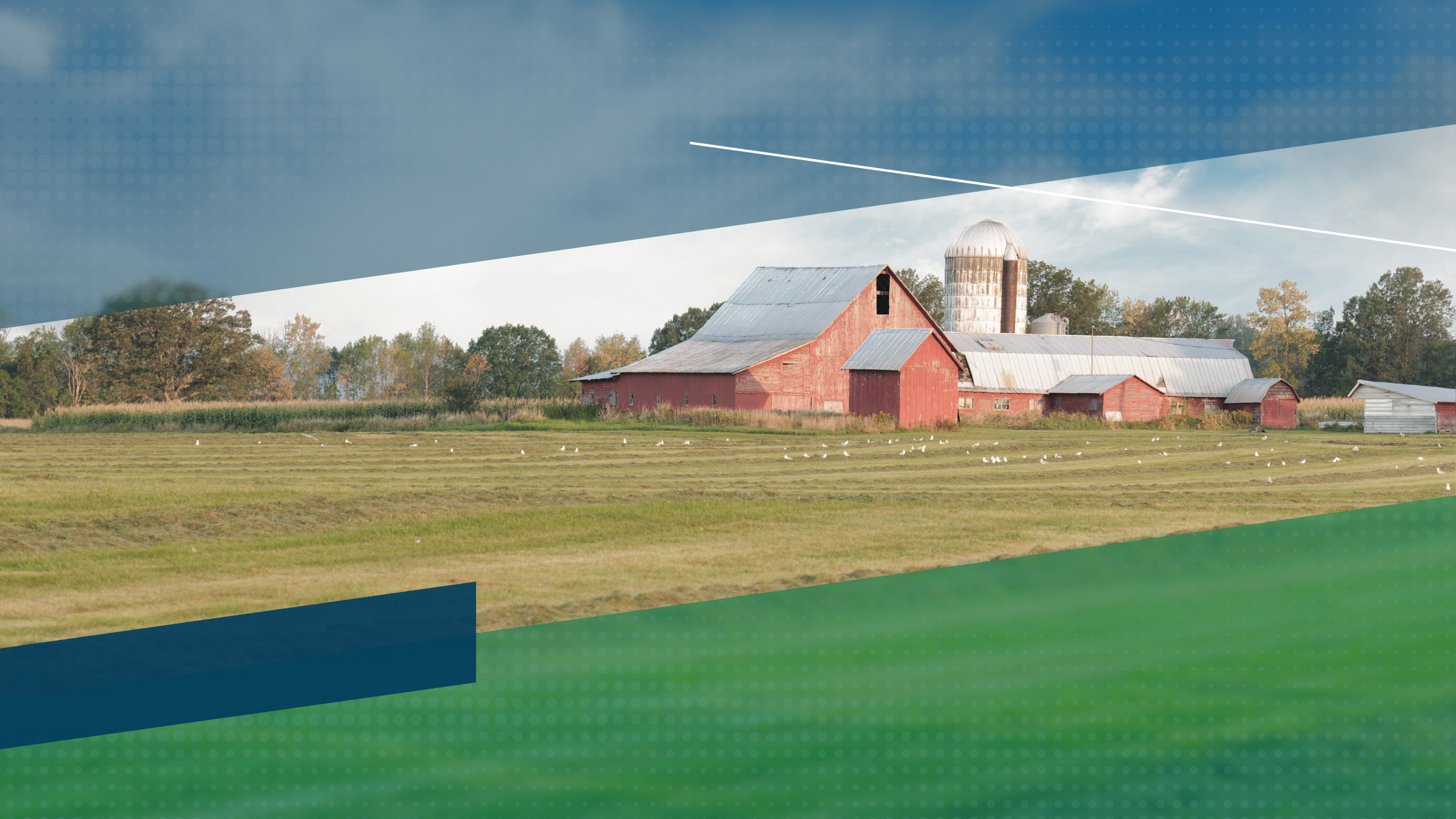Despite the worst drought in memory this past summer, farm incomes continued to increase from July through September 2012, along with other financial measures, according to the Minneapolis Fed’s third-quarter (October) agricultural credit conditions survey. Land values increased further across district states, and interest rates on loans fell slightly from the last quarter. The outlook for the fourth quarter is also positive, with all states in the district expecting farm incomes and household spending to increase or stay the same. In addition, all states expect increases in farm household and capital spending.
Farm income, household spending and capital investment
A lender in a very dry area of South Dakota captured the financial situation of many district farmers well. “Drought will affect yield, but prices will offset some of those lower yields,” the lender commented. “Crop insurance proceeds will definitely be the savior this year.”
Three of five district lenders surveyed reported that farm incomes increased in the third quarter of 2012 from the previous quarter, and only 5 percent said that incomes decreased (see chart). Minnesota experienced the most widespread increase in income in the district, with 76 percent of respondents reporting higher farm income. Household and capital spending within the district also increased, with 95 percent of lenders reporting increases in or steady levels of household spending and almost 90 percent reporting unchanged or higher capital spending.
Lenders in South Dakota and Montana, which were struck harder by drought, were less optimistic than lenders in other states. Even so, only 16 percent of lenders surveyed in South Dakota and 11 percent of Montana lenders saw decreases in farm income, while 44 percent in each state reported increases. Looking forward to the fourth quarter, however, more than a third of South Dakota lenders expect incomes to decrease.
Loan repayments and renewals
Agricultural producers in the district are maintaining their rate of loan repayments, and renewals are similarly holding steady. Loan repayments were unchanged for two-thirds of respondents, while 31 percent reported higher repayment rates. A majority of lenders, 79 percent, stated that the number of renewals has held steady, and 15 percent reported a lower number of renewals.
Demand for loans, require collateral and interest rates
Farm households remain flush with cash, and their demand for loans correspondingly fell slightly from the last survey. Almost 52 percent of lenders experienced no change in loan demand, and 30 percent indicated that loan demand has decreased. The amount of required collateral remained flat, with 91 percent of respondents reporting no change. Both fixed and variable interest rates on operating, machinery and real estate loans all decreased somewhat from the previous quarter.
Cash rents and land values
Continuing a trend of the past several years, average cash rents and land values for nonirrigated and irrigated cropland as well as ranchland in the district all showed dramatic increases from the past year, according to survey respondents. The largest increases were seen for nonirrigated farmland, which increased in value by 26 percent, while cash rents for it rose by 16 percent. Ranchland increased in value by 14 percent and also saw a 5 percent increase in cash rents. While both factors increased on average throughout the district, Wisconsin experienced a decrease of 2 percent in ranchland values, while rental rates for North Dakota irrigated cropland were unchanged. The Dakotas saw the greatest gains in nonirrigated land value, with a 30 percent increase in each state, while South Dakota lenders reported the highest increase in nonirrigated cash rents, at nearly 20 percent.
Drought impacts
Because of this summer’s severe drought, the third-quarter survey asked lenders a special question about its impact on agricultural producers. Lender response was mixed across the district, reflecting a wide variety of impacts depending on geographic area and agricultural outputs. In heavily drought-stricken areas, crop producers suffered low yields. Further, poor hay production and higher feed costs stressed livestock and dairy producers. Across the district, 41 percent of lenders surveyed said producers in their areas suffered some financial damage, and another 2 percent reported severe financial harm.
However, the drought put upward pressure on already high commodity prices, and crop producers in areas that received more rain, such as North Dakota and Minnesota, are reaping huge profits. Thus, 21 percent of lenders said the drought conferred some financial benefit to their clients, and 15 percent said it had major financial benefits. The remaining 21 percent of lenders said there seemed to be no net effect. In comments, some of these lenders indicated that higher prices cushioned the drought’s effects or that crop insurance prevented bigger losses.
Outlook
Expectations for the final quarter of 2012 are generally positive, as a lender from Minnesota reported, “Looks like [the] farm economy will continue to be good for another year.” Across the district, 94 percent of lenders predicted that farm income will either increase or remain steady, with slightly lower expectations for household and capital spending (92 percent and 84 percent, respectively). Loan repayments, renewals and the amount of required collateral were also largely expected to remain unchanged in the upcoming quarter. The outlook for loan demand was more mixed, with nearly a third of lenders expecting demand to decrease, while 22 percent expect increases.
Comments from some lenders indicate a more pessimistic long-term outlook, due to concerns the drought might persist. “If crops are planted in dry soil in the spring, it could be a major problem when it comes to the 2013 harvest,” noted a lender in an area of Minnesota that fared well this year. A comment from drought-stricken South Dakota was more dire: “If we do not get moisture next spring [it] will be devastating to cattle producers and grain farmers.”
Appendices:
Joe Mahon is a Minneapolis Fed regional outreach director. Joe’s primary responsibilities involve tracking several sectors of the Ninth District economy, including agriculture, manufacturing, energy, and mining.






